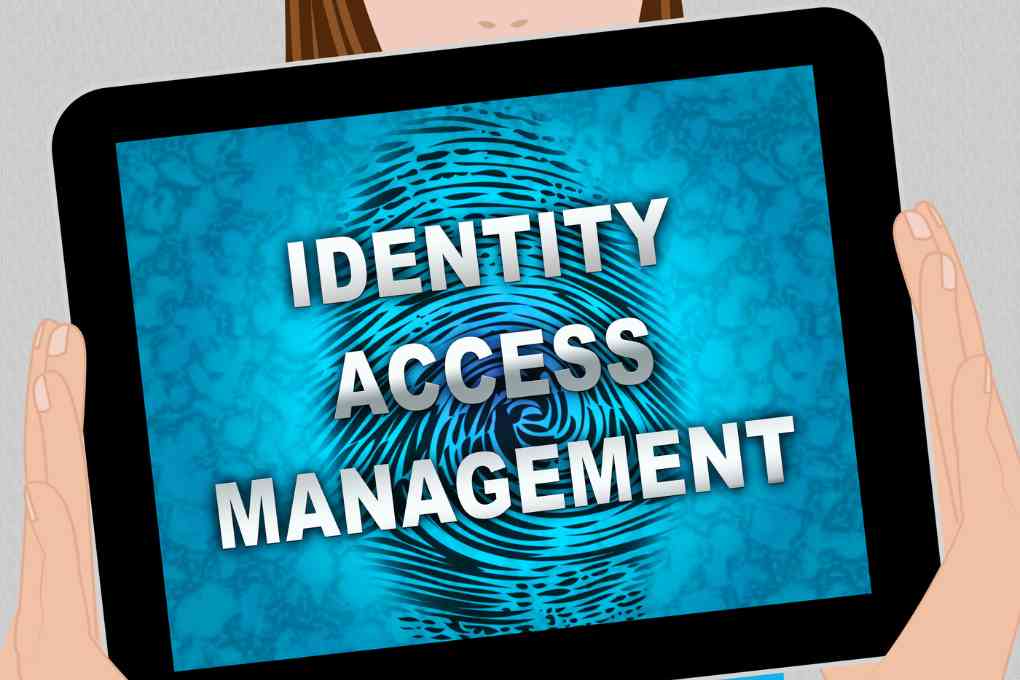The Role of Identity and Access Management in Strengthening Cybersecurity

Identity and access management (ICAM) is a security discipline embedded into critical business processes that helps keep hackers out while allowing authorized users to handle company data and systems in ways they need to. It also manages user accounts and permissions, including privileged access management (PAM). A modern IAM solution should include an identity federation to provide single sign-on, multifactor authentication, and synchronized directories. It should also offer continuous monitoring to detect unusual behavior that could signal a breach.
Table of Contents
Authentication
How does identity and access management increase security? Identity and Access Management (IAM) is a set of technology, business processes, and tools to help the right people and systems gain access to the data they need to do their jobs. The goal is to limit the risk of internal and external data breaches by ensuring that users are granted appropriate access levels for each job role in your organization.
Authentication refers to verification that a person, thing, or device is who it claims to be. This might involve passwords, biometric features like fingerprint or facial recognition, or a pattern of behavior on a touchscreen. Once identity is verified, access management determines the individual’s actions and applications they can use. IAM systems provide tools and technologies for promptly onboarding, changing permissions, and offboarding users. They also monitor and report user activity to ensure company policies and regulations compliance. In short, IAM ensures that only the right people can access the correct information, strengthening cybersecurity. IAM systems also offer features like multifactor authentication (MFA) and single sign-on (SSO), which reduce the number of times a user has to log in. They might also provide methods of eliminating passwords.
Most importantly, IAM systems make supporting critical business functions and processes easier. For example, an IAM system might allow employees to use the same access credentials for cloud and on-prem apps to share data more efficiently. This also enables more efficient collaboration and elevates insights across the business. It can also simplify and centralize IT processes, reducing costs and minimizing the risk of breaches.
Access Control
An essential function of access control is granting users access to company resources such as data, tools, and applications. However, this must only happen when the identity is valid and the privilege is necessary for the task. For example, an employee should not have access to a server or network that contains confidential client records. IAM solutions can help ensure that access to sensitive information is restricted based on the user’s location or their device if multiple authenticators are used, or a zero trust policy is implemented. When access to a digital resource is granted, it must be logged by an IAM solution to create an audit trail that can help to identify potential issues. It also provides a way to limit the number of users with permissions beyond what they need if someone’s account is compromised. For example, if employees leave the business, their access privileges should be automatically revoked so that hackers cannot exploit them for financial gain or as part of a more extensive cyberattack. Having an IAM system that manages these processes helps to reduce human error as well.
Permissions
Organizations must ensure that only authorized users can access sensitive data and systems. Identity and access management (IAM) is crucial to any security strategy. Managing employees’ access rights becomes challenging as businesses expand their use of cloud-based applications and devices. Without an IAM system, it’s easy for employees to have too many persistent, elevated privilege accounts that can be exploited in a breach. To combat this, IAM can help reduce the number of elevated-privilege accounts by limiting those to people in roles requiring them and the permissions granted to those roles. It can also limit the amount of “traversing” a breach could cause across multiple resources, and it can automate provisioning and deprovisioning processes to reduce human error. Some IAM solutions even take a broader approach, authenticating non-human entities like application keys, APIs, secrets, and agents and containers. These are the things that hackers are after, and IAM can make it more difficult for them to get in by ensuring they’re appropriately authorized.
Monitoring
Often referred to as identity management, IAM ensures that the right people get access to a digital resource when they need it. That includes employees (often called customer identity access management or CIAM), partners, customers, and devices like software, IoT, or robotics. IAM systems help prevent human errors by automating processes. Many IAM systems allow businesses to set up unified access policies at a role level so that people can see and change only the data and functions they need for their jobs. For example, a sales rep might be allowed to view firewall configurations but not change them, while the CISO might have full admin access. Lastly, IAM systems can monitor user activities and alert administrators to unusual behavior. For example, they can flag login attempts from unauthorized IP addresses, devices, or locations prone to fraud.
Additionally, they can increase authentication requirements for higher-risk activities or after a specific timeframe has passed since the last login attempt. This helps to prevent “access creep” and unneeded privileges from being retained by disgruntled employees, for instance. They can also provide continuous proof of compliance.
Also Read: Master In Risk Management To Boost Your Career




